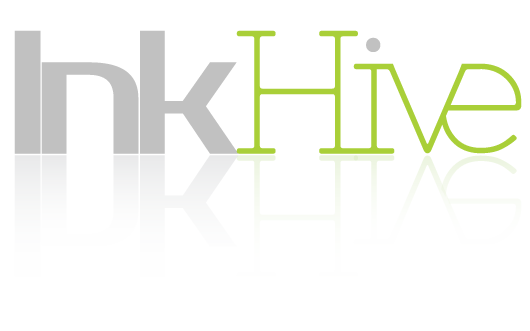Remote work has been in existence even before the COVID-19 pandemic. Many have already benefited from the flexibility this setup offers. In 2020, the rise of the remote work setup surged, and it was the primary mode many companies utilized to prevent the spread of the virus.
Employees have found it difficult to return to the physical work setup after two years away. Many realized how much they could benefit from working from home and haven’t looked to working back in the office since. In a survey conducted with remote workers, they mentioned these top three benefits they got out of working remotely:
- Having the extra time for themselves because of the absence of commuting
- Flexibility to choose their work location
- Flexibility in how they spend their time
Unsurprisingly, today, more people want to look for work that won’t require them to report on site. And because of this, you’ll see more people hired for remote positions. If your company is shifting in this direction, you need to be able to give these people a warm welcome. During onboarding, you must conduct exciting and fun ways to welcome new employees so they’ll feel at ease and thrilled to work for your organization.
Once onboard, you must keep your remote employees engaged and motivated to ensure productivity in your company is at its peak. Here are some ways you can do this:
- Use Effective Tools
Remote work requires an individual to be self-reliant. But you can’t do this if you neither have the mindset nor the right tools for the job. Therefore, employers must provide remote employees with the appropriate tools to support the work they need to accomplish.
Utilizing a tool like a project management software will ensure that all team members working on a task are updated and in the loop. In addition, this tool will allow seamless communication on specific projects requiring a team effort.
Say your organization keeps track of thousands of relevant documents at a time. The ideal approach is to have document management software to ensure that team members can efficiently work on collecting, organizing, and annotating these crucial documents.
Each organization has various requirements to ensure they can optimize productivity in the workplace, especially for employees working from home. Identifying this and acquiring tools specific to meet these needs should be on top of your priority as a business leader.

- Foster Personal Connections
Remote work can be pretty lonely. This is because your employees are glued to their screens for almost eight hours a day. To counter this, you can have engaging conversations on your communication platform’s water cooler group. A water cooler group is a virtual space where your employees can hang out and have casual conversations about any topic outside of work.
Before wrapping up the week, you can initiate exciting topics with which your team can engage. Then, as the organization’s leader, you can join in the fun and contribute your responses so your team can feel your presence. This way, they’ll know you’re involved with what’s happening, which is crucial in a remote work setup.
- Have Casual Hang-Outs With Games
Your organization might have several departments, and meeting them as a whole can be challenging. You can assign each department to have casual hangouts with games. That way, they can feel connected with the rest of the group.
Today, there are thousands of virtual games you can facilitate where your team can show their creativity, resourcefulness, and wit. These fun games will keep your employees excited and have something to look forward to every month.
- Share Company Updates
In contrast to a physical work setup where you can instantly know updates just by looking at the bulletin, remote work may need a little more effort. For example, when you update your employees on recent events about the company, they will feel involved and feel that you acknowledge their work.
You can do this by having a monthly town hall meeting with the company’s leaders. A town hall meeting where you can update your team about developments and successes is something that will increase engagement. You can have every department share their wins and maybe recognize people who have made an impact during that period.
- Be Open For Suggestions
Many remote employees can be very soft-spoken and reserved. They might not share their voice and opinion on certain things if not prodded enough. Encourage your team to share suggestions to improve the work process in your organization.
You might not know it, but they might also share any recommendations to improve the company. Traditionally, most employers have done this through a suggestion box. Still, for remote work, you can create a digital form or survey they can answer anonymously. This way, your employees will feel that their voices matter.
- Provide Incentives
A pat on the back is something every team member needs to feel encouraged and motivated. Of course, employers can accomplish this easily in a physical workspace, face to face. However, in a remote work setup, this might be challenging.
To address this issue, you can implement metrics and KPIs to allow you to see who performs at their best. In effect, you can create an incentive program for high performers to increase your team’s drive and keep them motivated. You can award high performers with extra vacation days, for instance. Still, monetary incentives might be more enticing to most, if not all, of your employees.
Conclusion
Remote work has disadvantages. But once you ensure you keep your team engaged and motivated by keeping communication lines open and rewarding those who deserve it, you set up your team for success.

